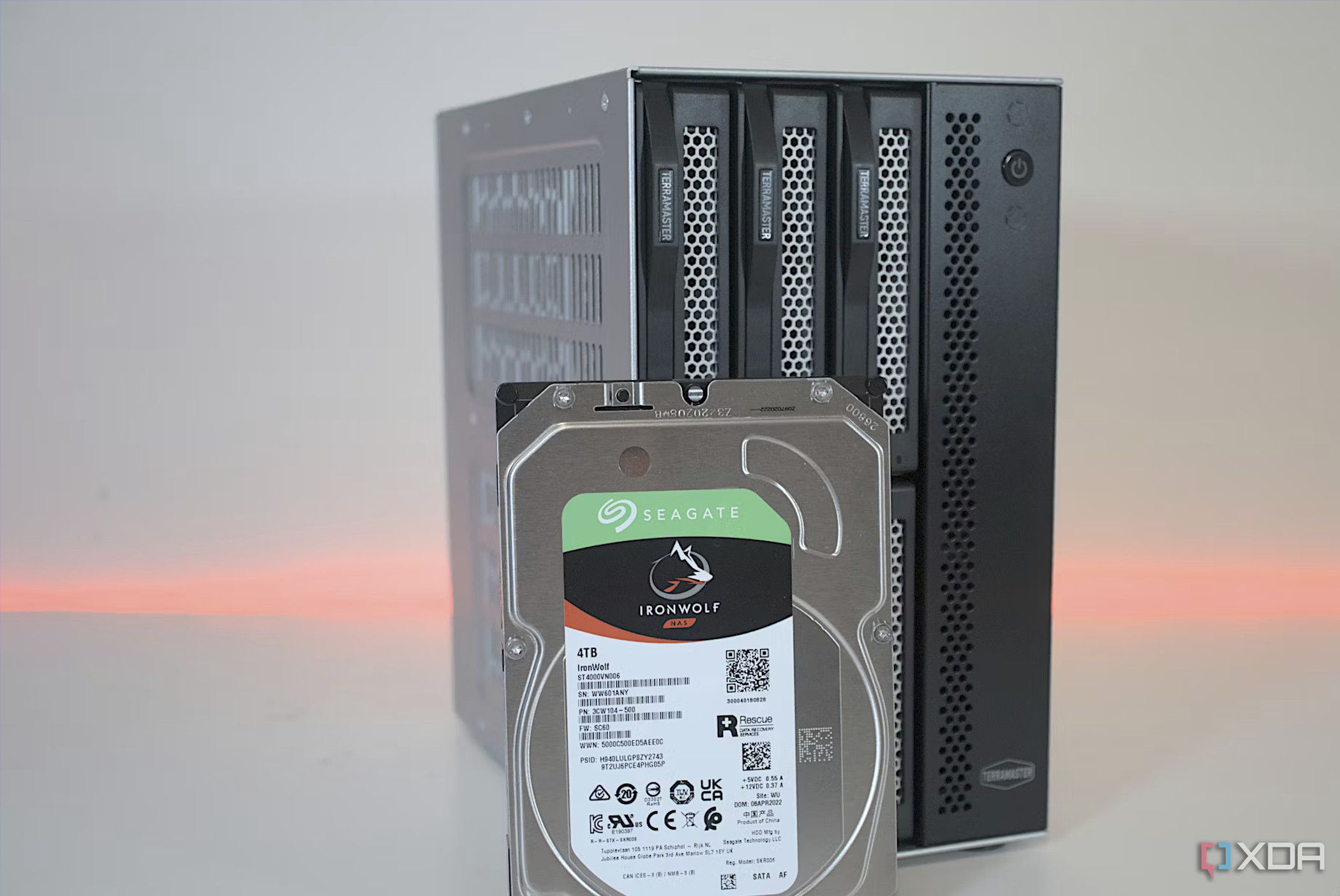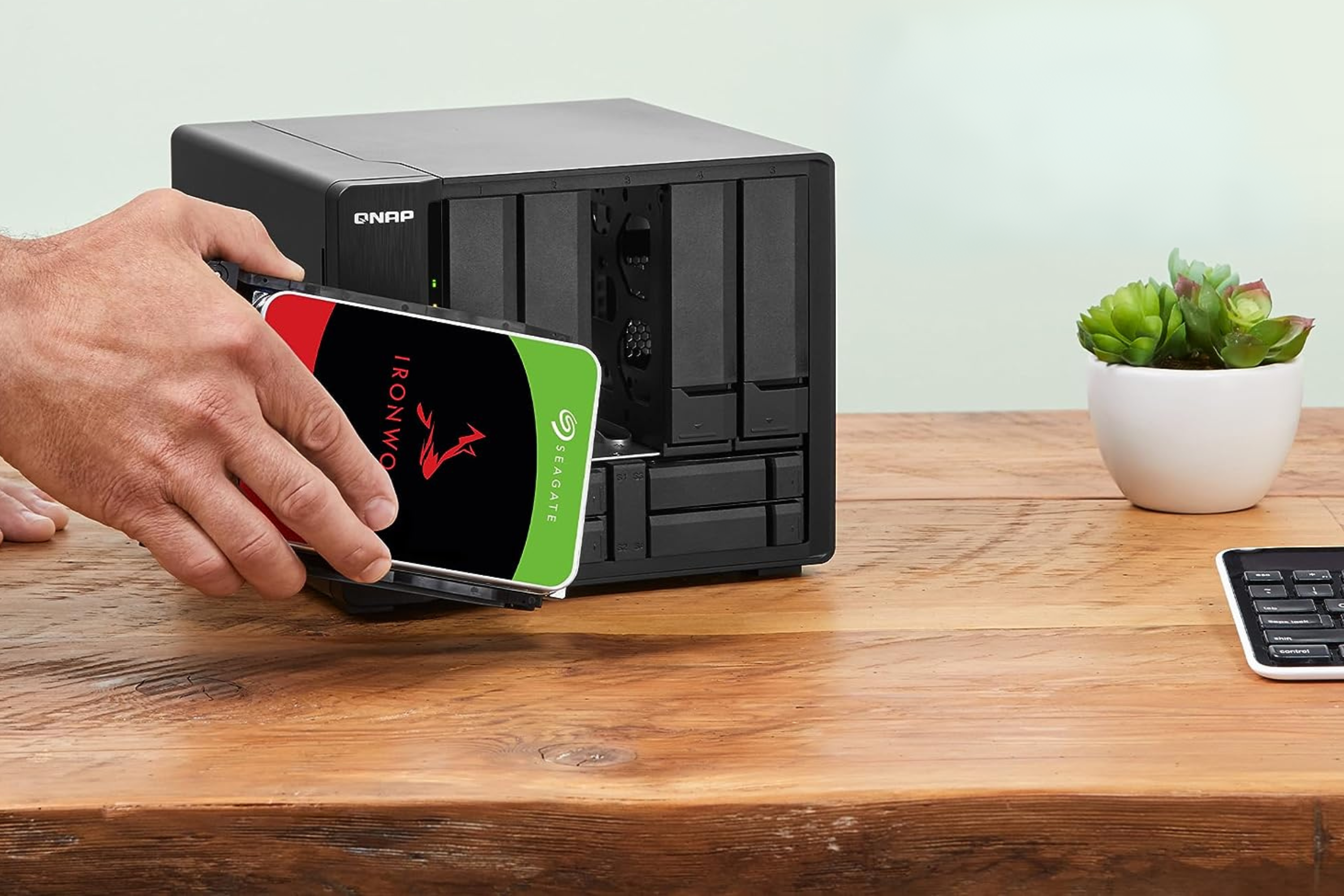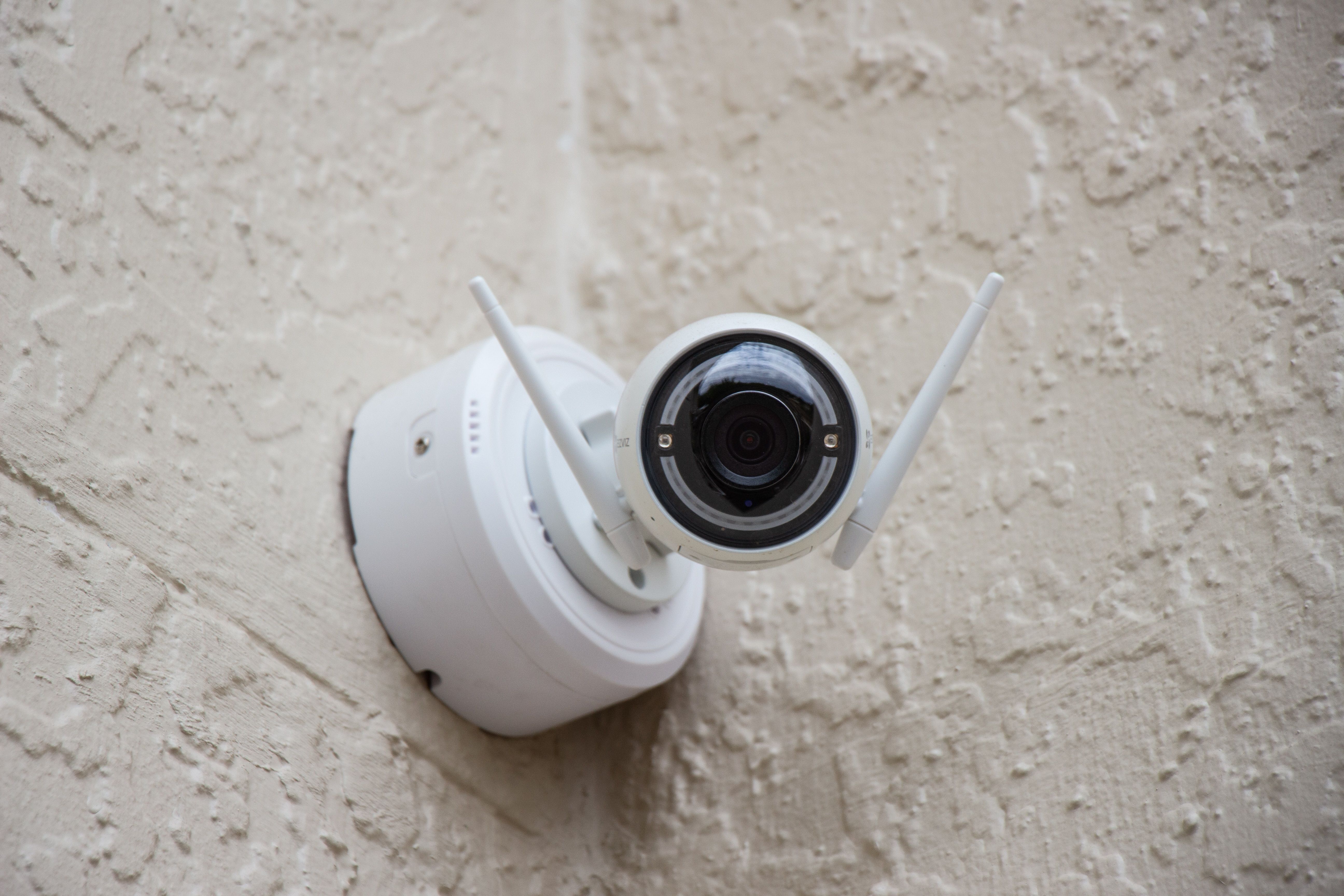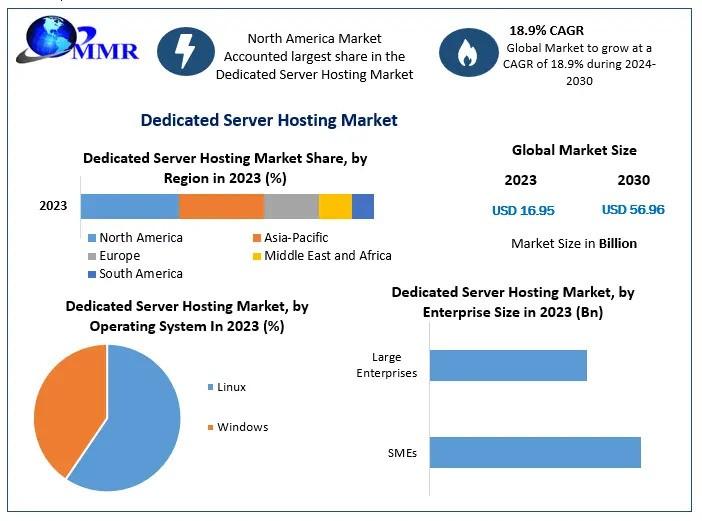
There are so many options for storing data that it can be difficult to decide which is the right choice. Flash drives, memory cards, and hard drives can store more data than ever, and while all of those devices do a great job, there are better options to back up and store large amounts of data. When you need a lot of storage at home, there are two great options: network-attached storage (NAS) or a server.
Both options provide large amounts of storage and connect directly to a network for easy file access. However, choosing between a server or NAS can be confusing for those unfamiliar with the devices. While each option allows for file storage, the two devices have distinct features that allow for different capabilities. Let’s take a close look at what a NAS and a server can each do before diving into which is the best option for your network.
What is a NAS?
A NAS holds hard drives and connects to a local network
NAS is a low-cost and easy option to set up for file sharing. I like to compare NAS to cloud storage, such as OneDrive or iCloud, but instead of storing data on somebody else’s servers, you store it in your home. The benefit is that you can access said data if your internet goes down.
For years, the downside to a NAS was that they had very little computing power, which only let the device access the requested files. Fortunately, NAS devices have come a long way, and some of them have surprising capabilities. For instance, video playback, security camera storage, and automatic cloud backup are all possible with the right NAS device.
The reason that many people gravitate to NAS is that it is compact and easy to install. While each system is a little different, the setup process doesn’t require an expert to complete it. Additionally, a good NAS is pretty affordable, starting at under $200.
What is a server?
Using the same components as a computer with some advanced functions
Servers are commonly associated with business use and often conjure up visions of racks with computer equipment, but there are also tower servers that look like desktop computers. Most devices use standard components, including RAM and processors, though there are specialty components specifically for servers. In fact, many people choose to build a home server out of old computer parts since the demand isn’t that high. (You can also build a NAS with an old PC.)
What really sets a server apart from a NAS is that it can run a standard operating system along with regular desktop applications. Of course, there are also programs designed to run on servers, like virtual machines, password managers, and media applications.
Although a server has a lot of functionality, picking out the right one and setting it up can be pretty overwhelming. Finally, the cost of a server can easily run into thousands of dollars unless you go the DIY route.
The blurred line between NAS and servers
Modern NAS devices have capabilities similar to servers
As the physical size of processing power becomes increasingly compact, the line between a server and NAS gets harder to define. Many NAS devices sold today have relatively powerful processors that allow them to perform functions that previously required a server.
The good news for consumers is that these advanced NAS devices provide a great alternative to expensive servers. While there are clear differences between a server and NAS, the main ones that the average buyer will notice are likely price and ease of installation.
NAS are easier to install
NAS is for anyone to install and start transferring files
NAS will always be easier to install than a dedicated server. Most NAS installations come with software that walks you through the process of setting it up and connecting it to the network. Synology, which makes some of the most popular NAS, even has a range of apps that you can install to add extra functionality. You can achieve a clean installation with a server or a NAS, as they are both available in rack mount and tower configurations. However, a server requires peripherals such as a mouse and keyboard, as well as a monitor, while a NAS simply connects to power and the network.
Severs are better for video playback
Servers work better for applications like Plex, but it’s still possible to use NAS
For many years, people turned their old PCs into servers for video playback using tools like Plex. However, it is now possible to run a media server entirely off of NAS. The problem is that NAS always has limitations when compared to a dedicated server. Video playback doesn’t require much processing power, so using an old PC as a server is a great option to get started.
NAS is better for file storage
It’s the easiest solution, too
File storage is where NAS really shines because that’s what it is built for. Unlike servers, most NAS devices have only two to four hard drive bays, which makes expansion difficult. In contrast, a server could have dozens of hard drive bays. But with the size of hard drives today, you can potentially store over 50TB with a NAS.
NAS are better for surveillance
Anyone can turn a NAS into an NVR for managing and viewing security cameras
There are a lot of options for security cameras, including proprietary systems from Ubiquiti or DVR systems that use analog connections. However, NVRs paired with IP cameras offer the most options, and you can use either a server or a NAS as an NVR. Additionally, it is possible to connect smart home devices and sensors to both servers and NAS.
Synology has an excellent NAS option for video surveillance, but it costs $50 per camera for its Surveillance Station license. While this is costly, it is the easiest option for a homeowner, and there are plenty of features, such as people and vehicle detection. Servers are a good option for security cameras, but it is overkill for home use. It also requires running additional software to view and record video.
Servers are better for running virtual machines
It is possible to run VMs on a NAS, though
Virtual machines (VM) can require a lot of processing power, depending on what you plan to run. They have several uses and are often the defining line between a NAS and a server. However, it’s still possible to run VMs on NAS.
I would personally go with a server for a VM because it is easy to upgrade, and it offers more options when running virtual machines. This is especially true if I were planning to run workstations off of the server. That aside, you probably won’t have high demands at home, and a NAS will work fine for basic needs.
Making a final decision
Choosing between a dedicated server and a NAS depends on your intended use. If I only need the device to perform a single task, like security camera recording, then I’d likely go with a NAS. Even if you want to perform two different tasks, such as recording and file storage, it may be a good idea to use two separate NAS devices.
A server can be fun to set up and customize for tech enthusiasts, but a NAS is better if you want something easy to set up and use. The main reason I’d consider using a server at home is its flexibility in running additional tasks in the future.
https://www.xda-developers.com/nas-dedicated-server-home-network/






